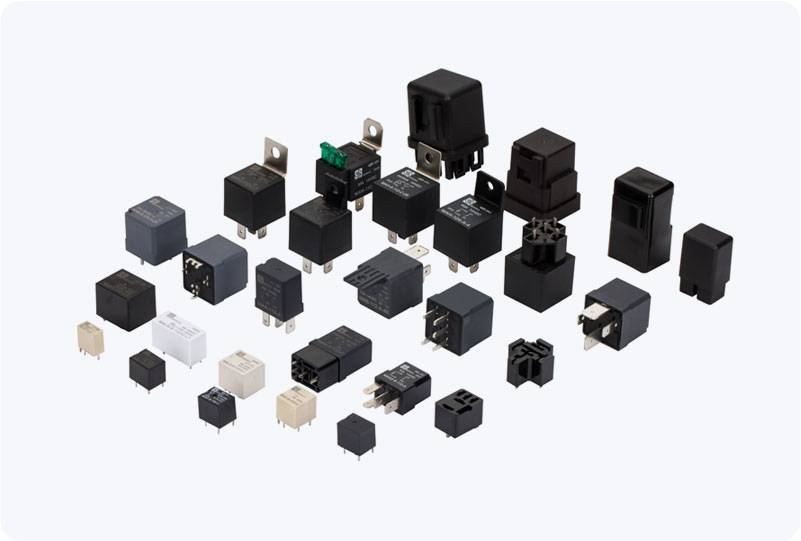When it comes to automotive electrical systems, two crucial components often come up in discussions: relays and fuses. Both of these parts play significant roles in ensuring the safety and functionality of a car’s electrical system, but they serve very different purposes. While a relay controls the flow of electricity to different circuits, a fuse provides protection against electrical overloads. In this article, we will explore the fundamental differences between relays and fuses, how they work, and why both are essential to a car’s electrical system.

What is a Relay? A relay is an electrically operated switch used in automotive circuits. It is designed to control a high-power device or circuit with a relatively low-power signal. Relays are essential in allowing vehicles to operate large electrical devices like the starter motor, air conditioning system, and power windows. Without relays, it would be impractical to operate high-power circuits directly from smaller, low-power switches. Relays function by using an electromagnet to create a magnetic field that moves a switch to open or close the circuit. A small amount of electrical current is applied to the coil of the relay, which causes the magnetic field to activate the switch and allow a much larger current to flow to the connected device. This process is crucial for cars, where certain devices require more power than a standard switch could safely handle.